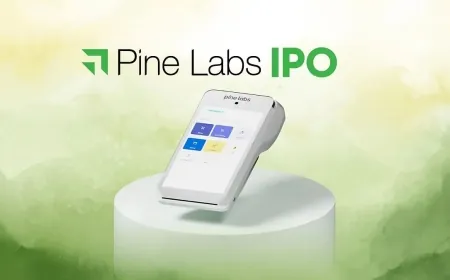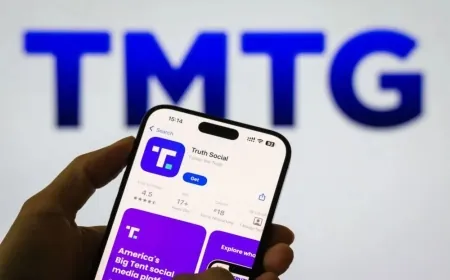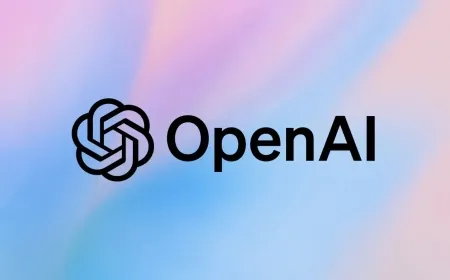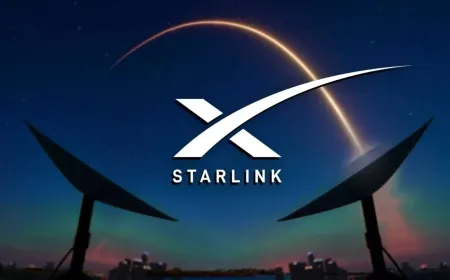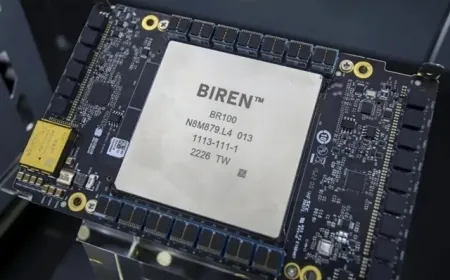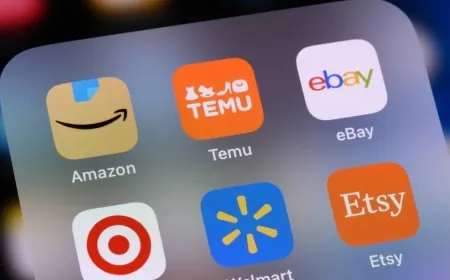Apple Introduces Liquid Glass Design in iOS 26 and macOS at WWDC 2025
Apple reveals Liquid Glass design for iOS 26, iPadOS, macOS & more at WWDC 2025, marking its biggest software revamp in over a decade.
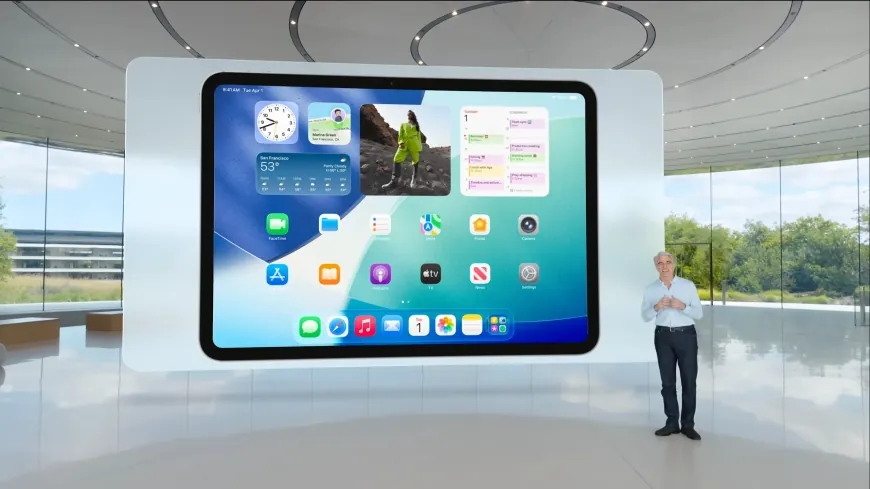
Apple is giving its software a bold new look. In a major announcement at its Worldwide Developers Conference (WWDC), the company introduced a complete redesign across its iPhone, iPad, Mac, and Apple Watch operating systems, centered around a new visual theme it calls Liquid Glass.
The update, which Apple says has been years in the making, represents the most extensive design change since iOS 7 launched in 2013. It’s more than a coat of paint — it’s a top-to-bottom rethinking of how Apple’s software feels, looks, and responds.
“Over time, our devices have evolved — larger displays, sharper resolution, edge-to-edge glass,” said Craig Federighi, Apple’s senior vice president of software engineering. “We realized we needed a design that rises to that level, something that brings all of it together in a unified experience.”
A New Visual Language Designed for Today’s Hardware
At the core of this update is Liquid Glass — an interface that makes digital elements appear as though they’re built from translucent materials. App icons now have a subtle glow. System menus float like polished glass. Even Safari’s address bar distorts the page content behind it as you scroll, mimicking how light bends through real glass.
It’s not just about looking modern. Apple says this redesign is meant to make navigating its devices feel smoother, calmer, and more intuitive. The company spent years testing subtle effects like reflections and translucency to ensure they enhance usability rather than distract from it.
Less Clutter, Faster Access
The design changes aren’t just visual. Apple has taken the opportunity to clean up its core apps as well. The Camera app, for example, now launches with just two primary modes: Photo and Video. Other features — like Portrait, Slo-Mo, and Time-Lapse — are still there, just a tap away.
“We’ve added so many features over the years, but we also heard from users who felt the interface was starting to get crowded,” Federighi said. “This update respects the complexity while surfacing what matters most in the moment.”
The focus on clarity and speed runs throughout the update, with redesigned buttons, simplified layouts, and smoother animations.
Familiar, Not Foreign — Apple’s Cautious Approach to Change
With more than 2.4 billion active Apple devices in use, any major change comes with risk. Apple says it was careful not to alienate users with a design that feels unfamiliar. Alan Dye, Apple’s VP of human interface design, said the goal was to make the redesign feel natural.
“People rely on these products daily — for work, for life, for everything,” Dye said. “So we approached this with a real sense of responsibility. We wanted it to feel fresh, but also instantly usable.”
Goodbye Version Numbers, Hello Calendar-Based Naming
Alongside the visual overhaul, Apple is simplifying how it names software versions. Instead of calling this year’s update iOS 19, it will be known as iOS 26 — a change that reflects the year users will spend most of their time with the platform.
This new naming system will apply across all platforms, including macOS, iPadOS, and watchOS.
Setting the Stage for iPhone 17’s Big Reveal
This software shift isn’t happening in a vacuum. According to Bloomberg, Apple is preparing to unveil a redesigned iPhone 17 later this year — one that features a thinner, more refined body. The Liquid Glass interface is designed to match the new hardware aesthetic, signaling a tighter integration between Apple’s devices and the software that powers them.
Analysts say the pairing of fresh hardware with a dramatically updated UI could help Apple boost iPhone sales heading into 2026.
With the introduction of Liquid Glass, Apple is delivering a visual and functional reset — one that’s less about flashy features and more about long-term refinement. It’s a design that mirrors the maturity of Apple’s hardware, and a bet that users will embrace change when it’s handled with care.
As the tech world watches for what comes next — especially with iPhone 17 on the horizon — this redesign marks a clear shift in Apple’s strategy: less evolution, more transformation.
Also Read: Amazon Plans $20 Billion Investment in Pennsylvania to Grow Cloud and AI Operations









